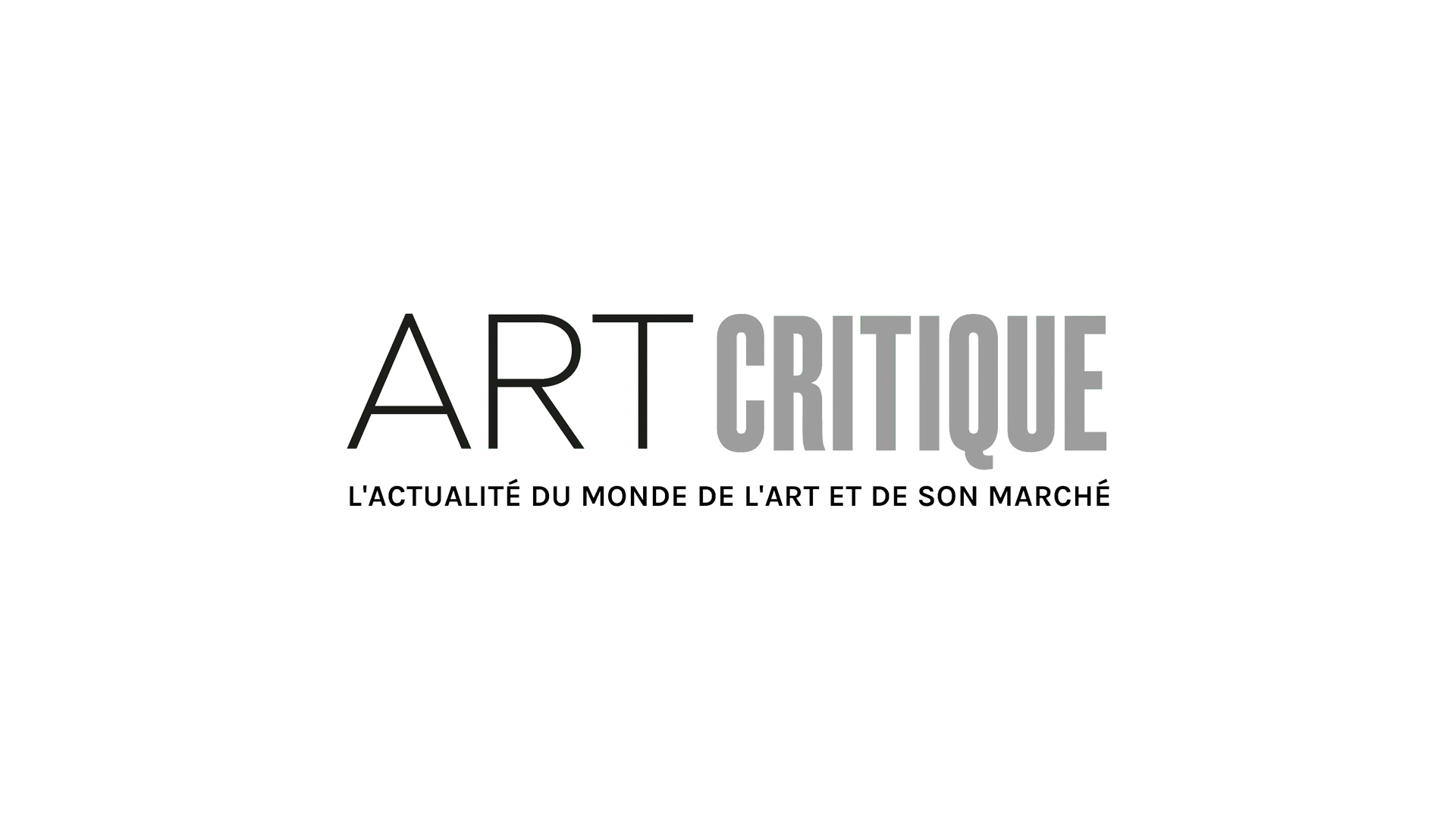In May of last year, London’s National Gallery (NG) acquired its 1st painting by Artemisia Gentileschi, an Italian Renaissance painter and pioneering female artist. The painting represents one female artist of only 21 that make up the NG’s vast 2,300-strong collection. Self-Portrait as Saint Catherine of Alexandria was painted in the early 1600s and sold in Paris last December before the NG bought it for £3.6 million. According to Hannah Rothschild, who became the NG’s first female chair of their board of trustees, the acquisition was part of museum efforts to increase the NG’s collection of ‘paintings by important women.’

The portrait went on display at the NG yesterday (December 19th) as an ‘early Christmas present to the nation.’ However, over the course of acquiring the artwork, the NG has quietly added the portrait to its list of items that may have been looted during the Nazi regime. In the minutes from a May 17th board meeting, the board discussed the then potential acquisition. It was then suggested that, if acquired, the portrait might be included on a list of artworks owned by the gallery that do not have a complete history between 1933 and 1945. The painting was in the hands of the Boudeville family in France during the time, but it is unclear as to how the owner at the time, Charles Marie Boudeville, came to own the painting.
The purchase of Gentileschi’s painting was ultimately approved by the board and a NG spokesperson stated that the museum thoroughly checked the provenance and went through the appropriate ‘due diligence in relation to the ownership of Self-Portrait as Saint Catherine of Alexandria.’ Though the acquisition may be somewhat uncouth for a museum of such prestige, there is still no exact proof that the painting was actually looted during war time. The painting’s history was not even recorded until the mid-20th century when the Boudevilles owned the painting. When the painting sold in December, before the NG acquired it, the Paris auction house that sold Gentileschi’s portrait to dealers Marco Voena and Fabrizio Moretti maintained it was known to have stayed in the Boudeville family for at least three generations. This means that the Boudeville family may well have acquired the painting long before 1933 – the year that most believe Nazis began looting artworks illegally.
Despite the somewhat murky nature of the painting’s provenance, the Gentileschi has been unveiled as an exciting new addition to the gallery’s collection. The NG is, though, optimistic that the painting is a step in expanding its stores of works produced by female artists. As Rothschild says, the painting could help the gallery ‘transform’ the way it collects and displays artworks by underrepresented artists.





